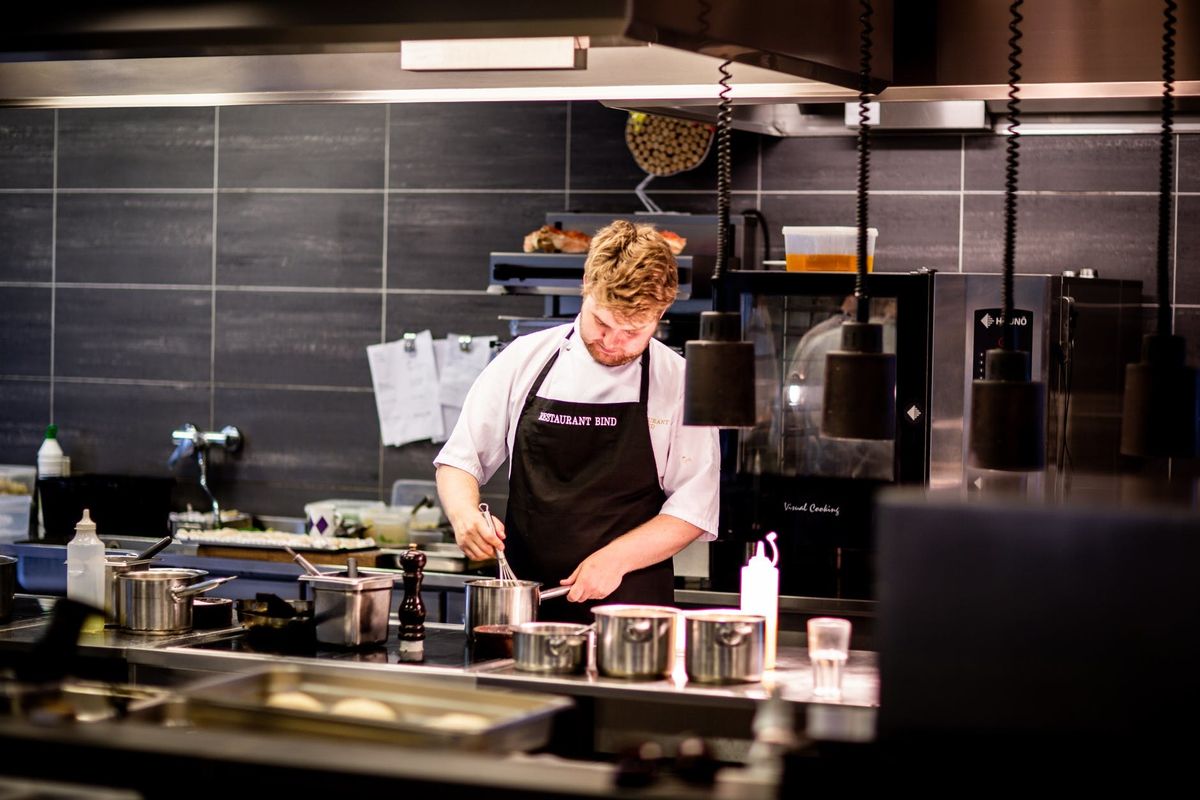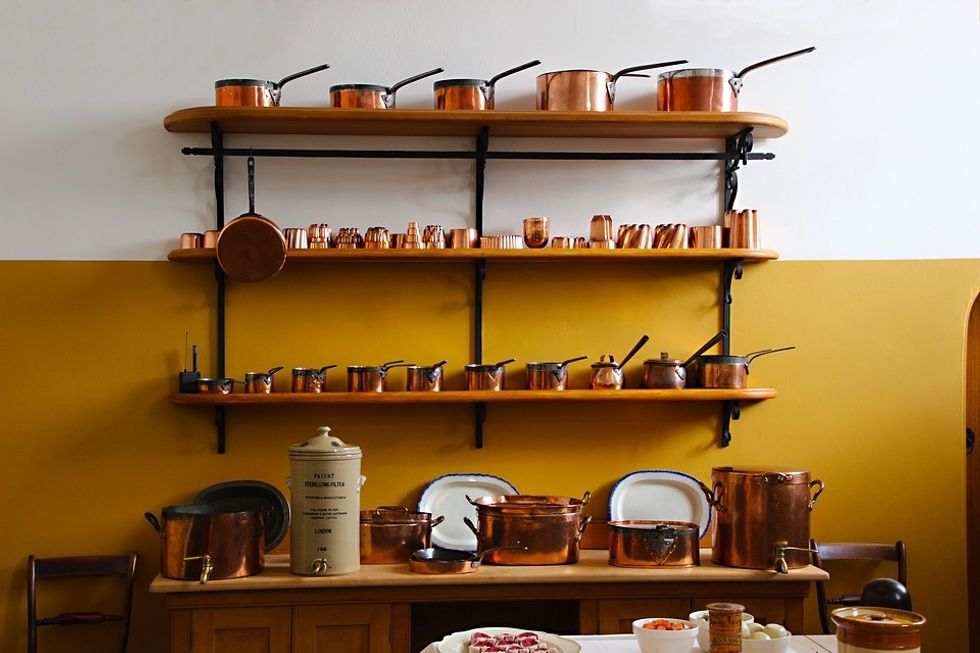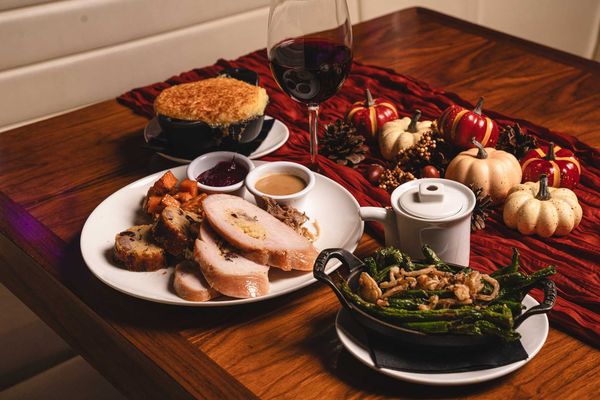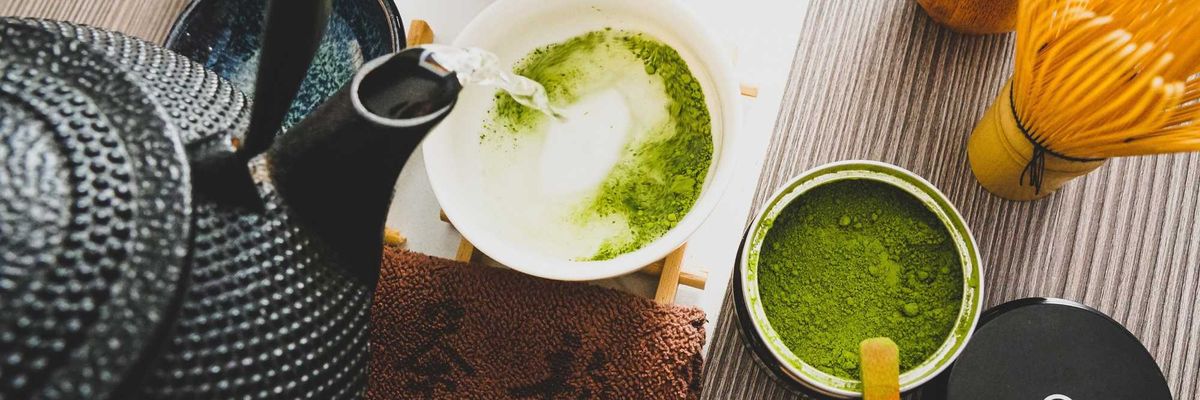Since "health is a crown that the healthy wear, but only the sick can see" as the old saying goes, many of us think twice before buying cookware. It is, in fact, one of the most important products that you need to consider before buying so that no hazardous chemicals enter your food and, ultimately, your body.
With the cookware market saturated with new gimmicky cookware, it is no longer an easy task to find healthy products for your kitchen. Here's a list of tips to help you ensure the quality of your cookware and, thus, your family's health.
Weight
First, pans and pots need to be heavy to conduct heat evenly while cooking in them and avoid scorching the food, no matter what material they are made of. So, next time you are at a cookware store, lift a pan/pot and tap the pan with your knuckle. If it felt light or you could hear a ping rather than a thud, then eliminate that option completely.
Materials
Second, you need to decide on the material you would like to use. Although there are many safe and durable materials out there in the market, many households prefer stainless steel. Well, they, in fact, do have good reasons, as the best stainless steel cookware is very safe, durable, and easy to clean. It also conducts heat evenly and has premium-quality non-stick surface. Many stainless steel products are dishwasher safe too and can last for a lifetime, if you took good care of them.
Other materials as copper and cast iron, conduct heat well, but they react to acidic sauces and need special maintenance. On the other side, non-stick pans are popular because of their convenience in cooking and cleaning.
Handles
Third, check cookware's handles. You need to be able to hold your pan securely while stirring your food or just holding the pan. Handles need to be well-constructed on your cookware in several places, so it won't get loose when a super-hot meal is in it, causing unfavorable consequences.
Moreover, your cookware's handles need to be heatproof. Many good quality cookware's handles are made out of low-conductive materials as stainless. You will find other materials too, such as wood or plastic, but those will not be a good pick if you cook meals that start on the stove top and end in the oven.
Lids
Fourth, your cookware lids should fit tightly; otherwise moisture will be left inside the pot, which can interfere with your food consistency. It is better to choose tempered glass lids as they are more convenient since you are able to keep an eye on your food and reduce any boil-overs or burnt food accidents.
Types
Fifth, know the types of pots/pans you can purchase. To help you dig deeper into that, you will need to consider the purpose of the cookware you are choosing. Depending on what you will be cooking, you will look for different attributes such as pan's lining, shape and size.
Keep in mind that for cooking any acidic food as tomatoes, wine and fruit fillings, always choose a pan's lining that will not react with the acid. As mentioned before, stainless is a good choice, along with enamel and anodized aluminum. Purchasing any of the mentioned coatings will assure you that they will not react with any acidic enzymes.
Here are some cookware types you will find in the market, and what each of them are for.
Stock Pots
These are large and deep pots with flat sides and a flat base. They're used to cook liquid, such as soup, stocks, or stews. They can be used to sauté or brown some ingredients before adding liquid, and are great for keeping pasta submerged while boiling, owing to their high profile. They come in different sizes, and it is a good idea to purchase a small as well as a large stock pot to be able to cook small or larger quantities.
Sauce Pans
These look like stock pots but are shorter. They're used to cook all kinds of sauces and soups, too. They are a must in every kitchen, given to the fact that they are ideal for many other uses such as reheating leftovers, boiling eggs, or preparing some grains.
Sauté Pans
These are shorter and wider than other pans. They are also deep with straight edges. They're mostly used for sautéing and frying food, and they come with a lid for that purpose. They come in handy for different food preparations such as deep-frying, searing meat loaf and preparing certain sauces that have vegetables.
Fry Pans / Skillets
These are flat-bottomed with round sides, which is perfect if you tend to fast cook with oils on high heat. Some frying pans have linings that are non-stick, which can be of great help when cooked on high heat. Fry pans and skillets usually have no lids because most of the food you need to quick fry do not need one. However, some brands do give the option of lids, but they're usually sold separately.
Cast Iron Skillets
These are similar to frying pans; however, their material is quite different. They are made of cast iron; thus, they are heavy and need special care. Make sure that they are pre-seasoned to prevent food from sticking. Many people prefer them over other skillets, swearing that it gives a totally different taste and texture to food. It also helps users to use way less oil.
Wok
These are the only kinds of pans that have high sloping sides. They are unique in transmitting heat, as the base gets hot while the sides stay cool. Those Asian pans are great in controlling different temperatures, which makes them perfect in stir frying, steaming and deep frying.
Conduct good research before purchasing your cookware and use the above tips to help you pick the best product that fits your family. And always try to invest your money in a good cookware that can last long, have minimal effect on the environment, and limit any chemical or metal exposure in your food.





















